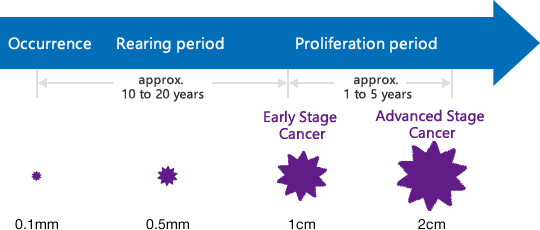PET-CT will find many diseases with extremely high detection capability.
What is the PET?
PET is a abbribiation of Position Emission Tomology, and it is one kind of Nuclear Medicine Study using medical agent contains radioactivity. Test Agent is taken into a body, and radioactive ray emitted from a body is detected by a special Camera, then produces a image. Conventional X-ray scan detects approx 1.5cm in size, and with MRI or CT can detect with 1cm in size progressed cancer, but PET has a 10 to 20 times higher detection ability compared with standard checkup.
Adaptation disease
- Epilepsia
- Cancer of head and neck
- Metastatic cancer of the liver
- Ischemic cardiac disease
- Brain Cancer
- Uterus Cancer
- Lung Cancer
- Pancreatic Cancer
- Esophageal Cancer
- Breast Cancer
- Lymphatic Malignancy
- Overian Cancer
- Bowel Cancer
- Cancer of unknown primary
- Malignant Melanorma
What is a test agent used for PET-CT examination?
Glucose sugar is a energy source of the body cell. Administered medicine named FDG used for this checkup has a similar formation with glucose sugar, so that it is taken into the body like glucose sugar. As radioactive nuclide fluorine(18F) is attached to FDG, PET-CT camera can detect the emitted radioactive ray and convert its distribution to an image.

Findings by PET-CT Exam.
Since our brain and heart are activated using glucose sugar, a lot of glucose sugar is taken into them. And Cancer cell is more acctivate than a normal cell, so it will take 3 to 8 times larger volume of glucpose. When FDG is administered to a body, it can be observed that the entire body glucose is taken in. It is therefore perceived as PET-CT examination is usefull for diagnosing brain, heart or cancer diseases.




